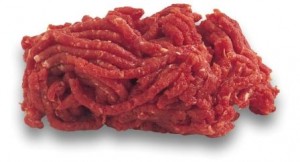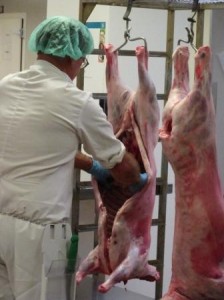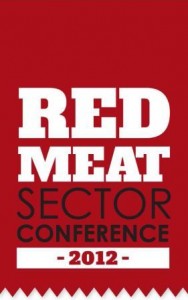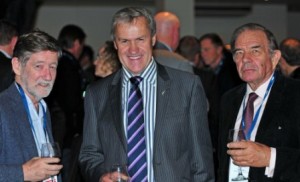 For the New Zealand red meat sector, the year to June 2012 has been one of significant contrast, given the good prices for many products that were seen early in the financial year, then the steady drop in market prices, particularly for lamb, over the middle six months, says the Meat Industry Association (MIA), in its annual report for the year.
For the New Zealand red meat sector, the year to June 2012 has been one of significant contrast, given the good prices for many products that were seen early in the financial year, then the steady drop in market prices, particularly for lamb, over the middle six months, says the Meat Industry Association (MIA), in its annual report for the year.
In the foreword to the report, MIA chairman Bill Falconer and chief executive Tim Ritchie note that this volatility, and a further decline in the volume of sheepmeat exports of nearly 27,000 tonnes, has meant the value of the ‘core’ industry exports has reduced this year to just over $6 billion, some $200 million less than for the year ended June 2011.
Highlights during the year included work to strengthen the relationships with the new Ministry for Primary Industries, implementation of the Post-Mortem Inspection reform and the development of a Red Meat Regulatory Strategy.
Halal has been another area of significant MIA activity, with the ongoing implementation of the Halal Notice, while the Ovine Automation Consortium progressed a number of projects, following last year’s commercialisation of the brisket cutter and auto-evisceration robotic systems.
Other research and development projects were progressed through the Meat Research Fund and the Industry Initiatives Fund, ranging from projects measuring energy efficiency in processing plants, through to research into extending the shelf-life of chilled meat – which is of significant interest to the industry given the ongoing volatility and extension of transit times in shipping services.
The long-term forecasts are for meat demand to grow, particularly in Asia, the foreword says. The volatility experienced during the year reinforced the need to continue to implement the recommendations of the Red Meat Sector Strategy “to ensure that we have a strong, sustainable sector that will allow us to be well place to continue to meet the growing long-term demand for high quality, safe protein.”
This article appeared in Food NZ magazine (October/November 2012).


















